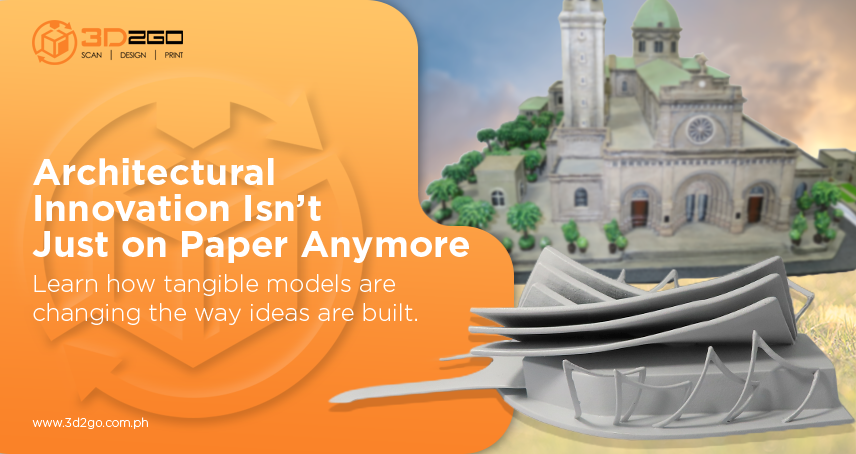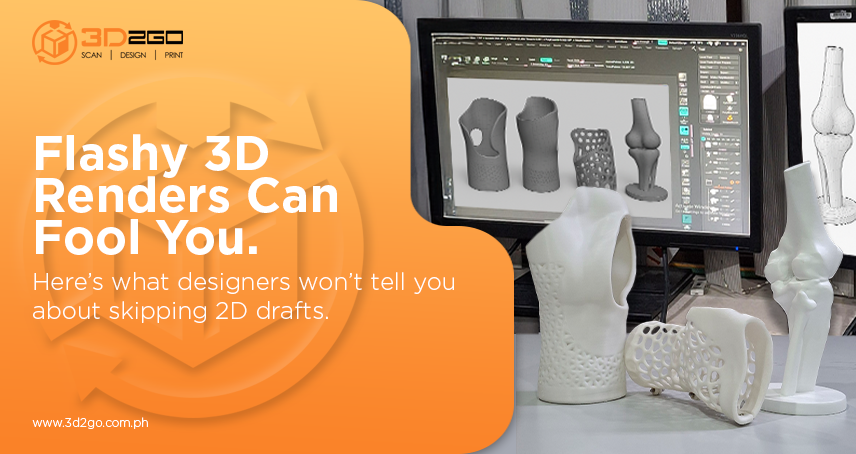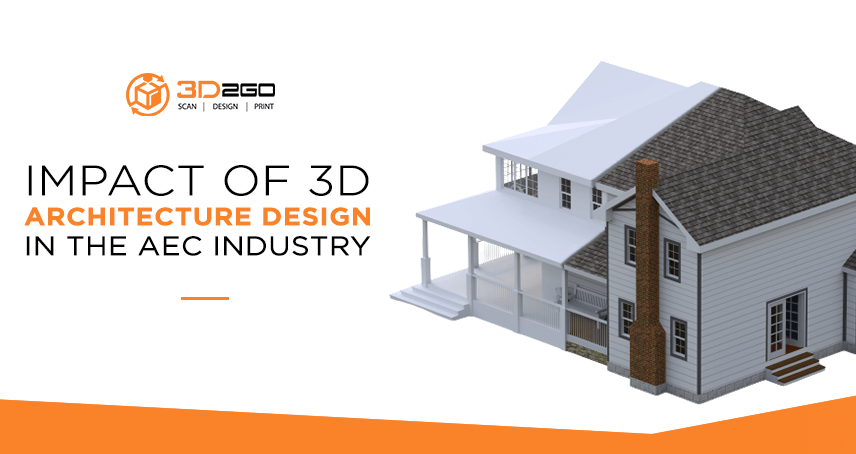Unbelievable Executive Corporate Gifts That Will Make You the Office Hero
January 30, 2024
Level Up Your Collection: Custom Figurines of Your Favorite Esports Characters
June 5, 2024Architecture design has been shaped by traditional methods for centuries. But with the rise of 3D printing, architects are witnessing a revolution in their field. This technology is reshaping architectural design, offering new avenues for creativity and innovation. From rapid prototyping to sustainable solutions, 3D printing is pushing the boundaries of what is possible in architecture design.
From Models to Prototypes:
One of the most immediate impacts of 3D printing is on the creation of architectural models. Gone are the days of painstakingly crafting models by hand. 3D printers can now translate digital designs directly into physical models with incredible speed and precision, revolutionizing the architecture design process. This allows architects to iterate on architecture designs quickly and easily, fostering a more dynamic and collaborative design process.
Beyond the Box: Design Freedom
The true power of 3D printing architecture design lies in its ability to materialize complex geometries that would be difficult or impossible to achieve with conventional construction methods. This opens up a world of design possibilities, enabling architects to create organic shapes, intricate lattices, and self-supporting structures. Imagine buildings with flowing curves that mimic nature or structures with built-in ventilation channels – these are just a few examples of the design freedom unlocked by 3D printing in architecture design.
Sustainable Solutions:
3D printing also presents a unique opportunity for sustainable construction. The technology allows for minimal material waste, as structures are built layer-by-layer with precise material deposition. Additionally, 3D printers can utilize recycled materials, further reducing the environmental footprint of buildings.
Challenges and the Road Ahead:
While 3D printing offers immense potential, there are still challenges to overcome. The current printing speeds and size limitations may restrict the technology to smaller structures or specific components for larger buildings. Developing stronger and more versatile printing materials is also crucial for widespread adoption. However, ongoing advancements in technology and material science are steadily overcoming these obstacles, paving the way for a future where 3D-printed buildings are commonplace.
The Future of Design:
Despite these limitations, 3D printing is undoubtedly disrupting the field of architecture. As the technology continues to evolve, we can expect to see a future where 3D-printed buildings are commonplace, pushing the boundaries of design, sustainability, and human imagination. From prefabricated housing units printed on-site to towering structures with organic forms, 3D printing promises to redefine the very nature of architectural design.
In conclusion, the evolution of 3D printing marks a significant turning point in the history of architecture. With its ability to revolutionize the design process, enable sustainable construction practices, and push the boundaries of creativity, 3D printing is poised to shape the future of architecture in ways we have yet to fully comprehend. As architects continue to explore the possibilities of this transformative technology, we stand on the brink of an exciting new era in architectural design.
The Influence of 3D Printing on Architectural Education:
Beyond its impact on professional practice, 3D printing is also reshaping architectural education. Students now have access to advanced printing technologies, allowing them to experiment with design concepts and explore innovative construction methods. This hands-on experience fosters creativity and prepares future architects to navigate the evolving architectural design landscape.
Integrating 3D Printing into Urban Planning:
In addition to revolutionizing building design, 3D printing has the potential to transform urban planning processes. With the ability to rapidly prototype urban structures and infrastructure, planners can visualize and test ideas more effectively. This iterative approach to urban design allows for greater flexibility and responsiveness to the needs of communities.
Exploring Cultural Preservation with 3D Printing:
3D printing is also playing a role in cultural preservation efforts. By digitally scanning and replicating architectural heritage sites, researchers can ensure their preservation for future generations. Additionally, 3D printing enables the restoration of damaged or deteriorating structures, preserving their historical significance while incorporating modern construction techniques.
The Role of 3D Printing in Disaster Relief:
In times of crisis, 3D printing technology can be a valuable resource for disaster relief efforts. From rapidly deploying temporary shelters to producing critical infrastructure components, 3D printing offers a nimble and scalable solution for addressing urgent needs in affected communities. As the technology continues to advance, its role in disaster response and recovery will likely become even more prominent.
Unlocking the Potential of Biodesign:
Looking ahead, the intersection of 3D printing and biodesign holds immense promise for the future of architecture design. By integrating organic materials and biomimetic principles, architects can create structures that seamlessly blend with their natural surroundings. From biodegradable building materials to living facades, the possibilities for sustainable, biomimetic design are virtually limitless.
In summary, the impact of 3D printing on architecture design extends far beyond the realm of building design. From education and urban planning to cultural preservation and disaster relief, this transformative technology is reshaping the way we approach architectural practice and addressing some of the most pressing challenges facing our communities and our planet. As architects continue to embrace and innovate with 3D printing, we can anticipate a future where architecture design is not only visually stunning but also more sustainable, resilient, and inclusive.





